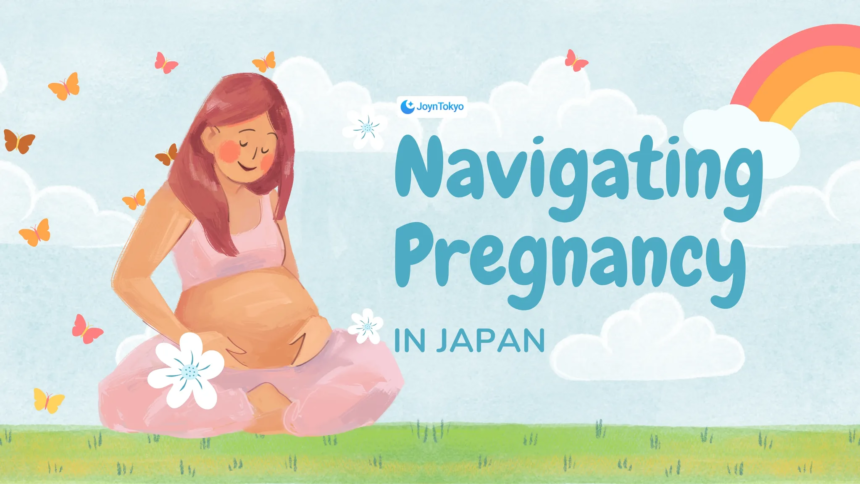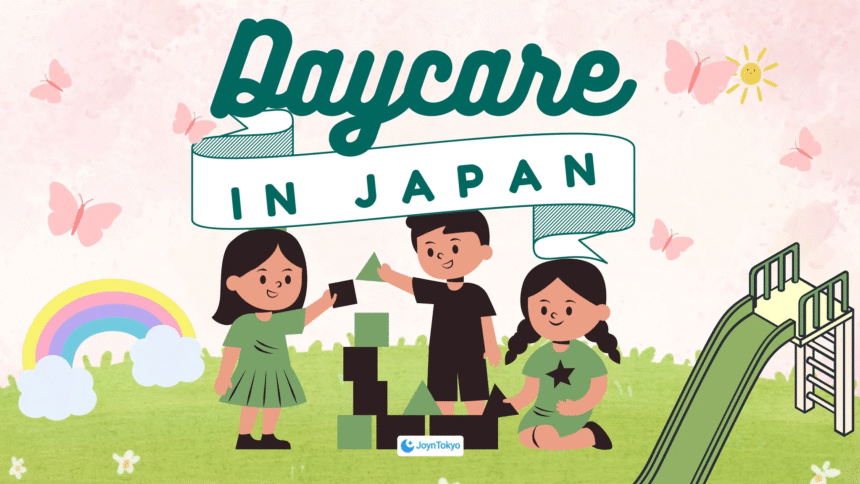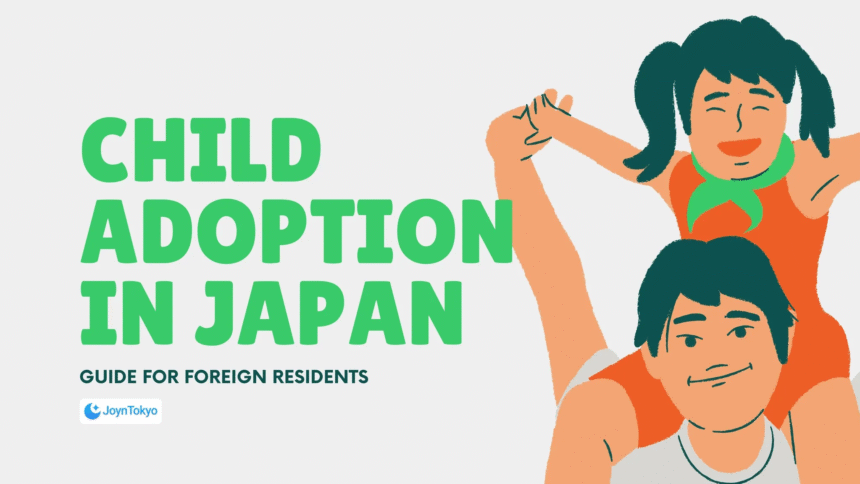Giving birth in Japan can be an exciting yet sometimes overwhelming period in your life, especially if you are still unaccustomed to the healthcare system or culture around newborns in the country. From organized prenatal checkups to the structured procedures after delivery, the Japanese maternity system aims to ensure that both mother and baby receive essential care from attentive staff. Below, we explore key stages of pregnancy, delivery, and the paperwork required, helping you navigate the process with greater confidence.
Prenatal Care in Japan
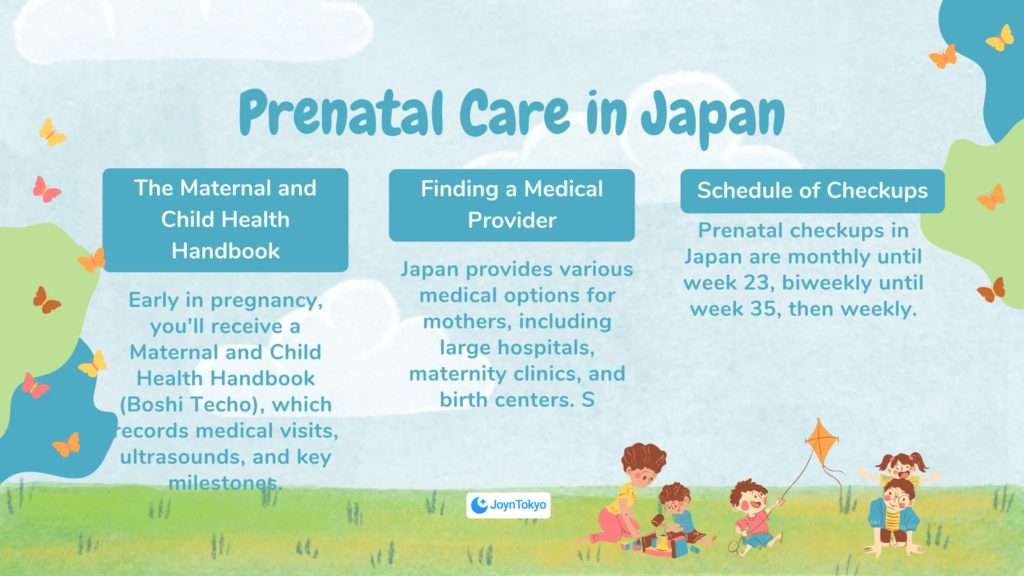
Prenatal care in Japan is known for its frequent checkups and close monitoring. Understanding how to manage your language needs, insurance details, and local expectations can significantly reduce stress during this phase.
The Maternal and Child Health Handbook
Early in your pregnancy, you will receive a Maternal and Child Health Handbook (Boshi Techo/母子手帳). This handbook serves as an all-in-one record for medical visits, ultrasound reports, and important milestones. It is advisable to bring it to every appointment so that any doctor or midwife can track your progress accurately.
Finding a Medical Provider
Japan offers a range of medical facilities for mothers, from large hospitals to smaller maternity clinics and birth centers. Some mothers prefer smaller clinics for a more personalized atmosphere, whereas others choose bigger hospitals that may have bilingual staff. If English-friendly care is a priority, seek out recommendations from international communities or look for facilities that partner with interpreters.
Schedule of Checkups
Prenatal checkups typically occur monthly until around week 23, every two weeks until week 35, and weekly thereafter. These visits usually include ultrasound scans, urine tests, and blood tests to monitor both the health of the parent and the infant. Ensure you discuss any symptoms or concerns with your healthcare provider, and record all updates in your Maternal and Child Health Handbook.
The Childbirth Process
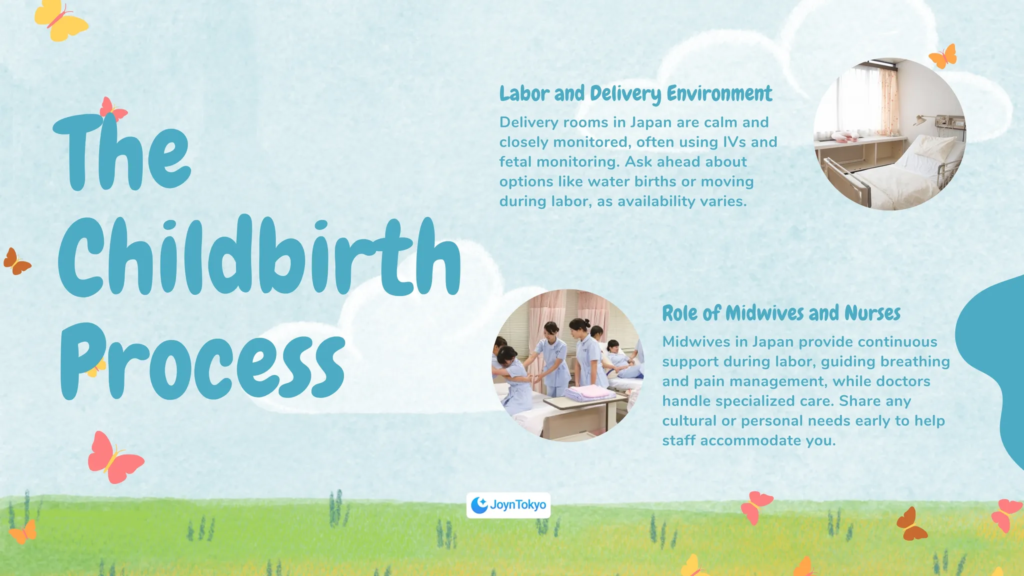
Most Japanese hospitals encourage a natural yet supported approach to childbirth. Understanding local practices around labor and delivery can help you set realistic expectations and plan effectively for the big day.
Labor and Delivery Environment
Delivery rooms in Japan often emphasize a calm, monitored environment. You may encounter procedures like intravenous drips or electronic fetal monitoring as standard practice. If you are interested in alternative methods—such as water birth or moving freely during labor—ask your hospital or clinic in advance, as these options may vary by facility.
Role of Midwives and Nurses
Midwives and nurses in Japan tend to play a hands-on role, guiding mothers through breathing exercises and pain management techniques. Doctors may be present for more specialized interventions, but midwives often provide continuous support during labor. If you have specific cultural or personal needs, communicate that to them early so that the caregiving team can adjust as much as possible.
Financial Aspects
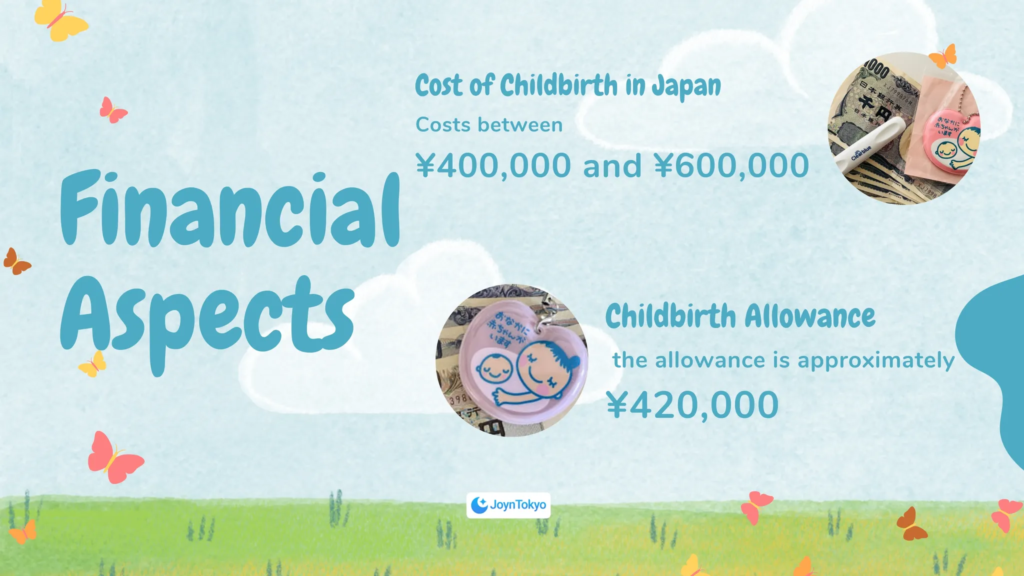
The cost of childbirth in Japan can vary widely, but the national insurance system offers certain allowances and subsidies to help parents manage expenses.
Cost of Childbirth in Japan
A normal hospital delivery in Japan generally costs between ¥400,000 and ¥600,000. Factors such as the type of facility, additional medical interventions, or a private-room upgrade can raise this amount. It is essential to budget carefully and discuss potential fees with your chosen provider ahead of time.
Childbirth Allowance in Japan
Japan’s national insurance system provides a Childbirth and Childcare Lump-Sum Allowance (shussan ikuji ichijikin/出産育児一時金) to offset delivery expenses. As of this writing, the allowance is approximately ¥420,000, although changes are occasionally introduced. Typically, if you have employer-sponsored or national health insurance, the allowance can be paid directly to the hospital, reducing your upfront payment. For the latest details, visit the Ministry of Health, Labour and Welfare (MHLW) website (https://www.mhlw.go.jp/) or consult your local city hall.
Other Financial Support
Some employers offer additional benefits or partial reimbursements. Non-profit organizations and community centers may also provide grants or offer guidance for international residents. Exploring these possibilities early can help you plan for any out-of-pocket costs that remain after the Childbirth and Childcare Lump-Sum Allowance.
Postnatal Procedures
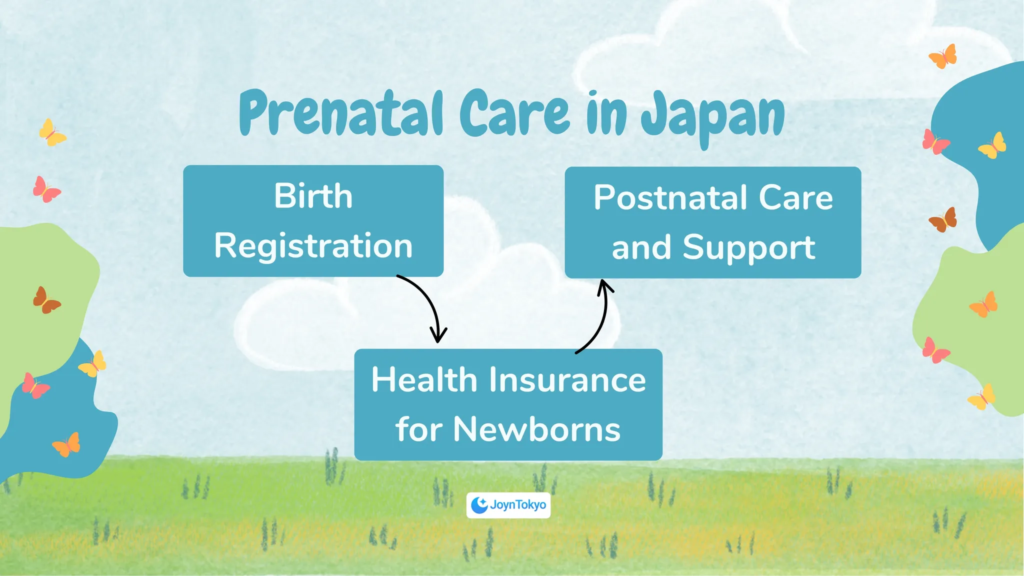
After giving birth, Japan has a clear set of rules and paperwork to ensure legal registration and ongoing healthcare for your newborn.
Birth Registration
You must register your baby’s birth at the city hall within 14 days. Typically, you will receive the necessary forms from the hospital or clinic. If you are not a Japanese citizen, remember to check visa-related steps for your newborn as well.
Health Insurance for Newborns
Once you have completed birth registration, you can enroll your child in either Japan’s National Health Insurance (if you are a member) or a private health insurance plan. Confirm the required documents at your local city hall to ensure your baby’s coverage is activated promptly.
Postnatal Care and Support
Mothers in Japan typically stay in the hospital for about four to five days post-delivery. Midwives often offer lactation support, baby bathing lessons, and postpartum health advice, and hearty, healthy, food is provided for both any necessary recovery and the bay’s health. After returning home, public health nurses or local officials may make a home visit to check your newborn’s development and offer further guidance. Private midwives or care agencies are also available if you prefer extra support, especially for international residents who need language assistance.
Bringing It All Together
Giving birth in Japan involves an organized framework—from prenatal checkups and hospital registrations to postpartum health visits—that aims to support both mother and child. By understanding each stage of the process, preparing for costs and subsidies, and completing the necessary paperwork, you can enjoy a more seamless and reassuring maternity experience. Whether you seek out specialized birth methods or simply appreciate the careful monitoring and guidance, giving birth in Japan can become a memorable chapter for your growing family.
More Must Know Information For Your Family
Check out our related articles to learn more required knowledge to raise a child in Japan!

